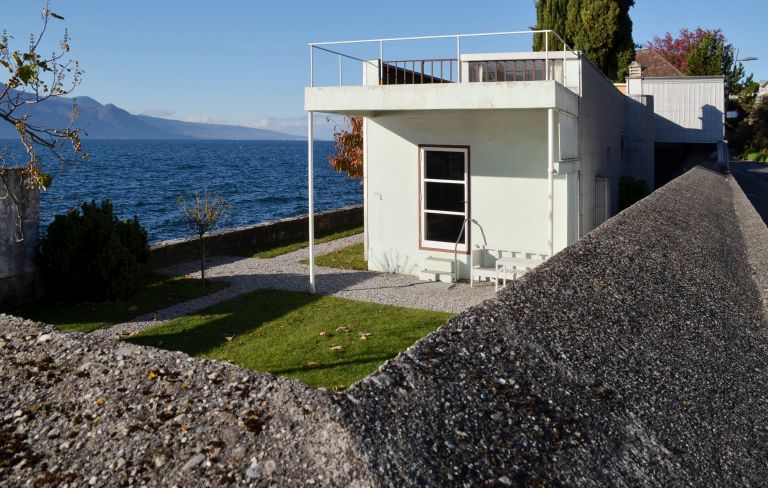Under the title “Transform! Designing the Future of Energy”, the Vitra Design Museum in Weil am Rhein is presenting an exhibition on the relationship between design and the future of energy from March 23 to September 24, 2024.
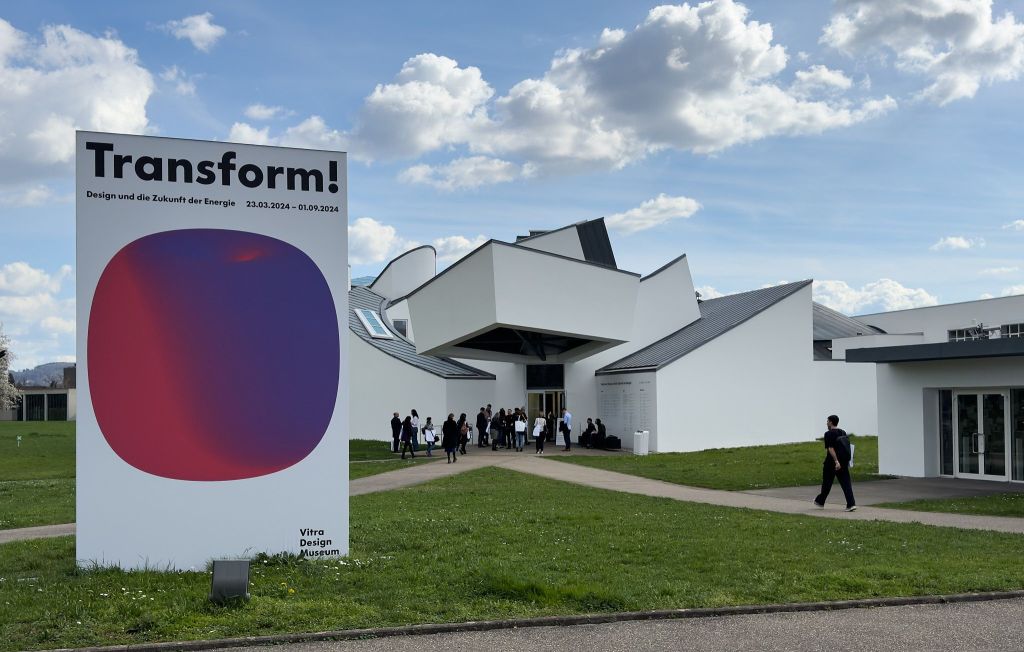
Photo: © Werner Mäder, Uetikon
Energy is the central driving force of our society: it is political, invisible and omnipresent. All buildings, infrastructures and products for the generation, distribution and use of energy are designed by people. And that is why design plays an important role in the current energy transition. The museum writes: “The exhibition “Transform! Designing the Future of Energy” is dedicated to the transformation of the energy sector from a design perspective: from everyday products for the use of renewable energies to the design of solar houses and wind turbines, from intelligent mobility concepts to the future vision of energy self-sufficient cities. How should an energy-efficient product be designed? How can design help to increase the use of renewable energies? What can industry, politics and all of us contribute to the success of the energy transition?”
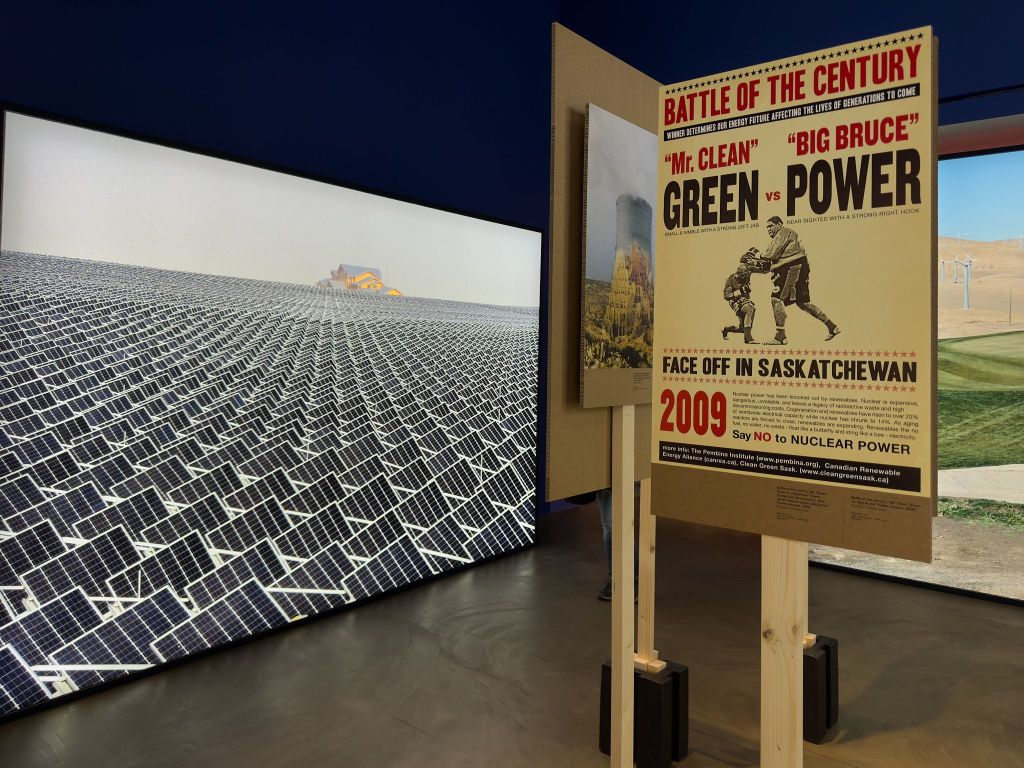
Photo: © Werner Mäder, Uetikon
In order to reduce global CO² emissions and halt climate change, there is an urgent need to move away from fossil fuels. Just as the dependence on non-renewable raw materials has shaped our everyday lives down to the smallest detail, the progressive switch to renewable energies will also influence our lives in the future. This is where design comes into play, because the energy transition must be shaped. Design mediates between research and users, it shows how new technologies can be used and often decides whether new solutions are accepted or not.
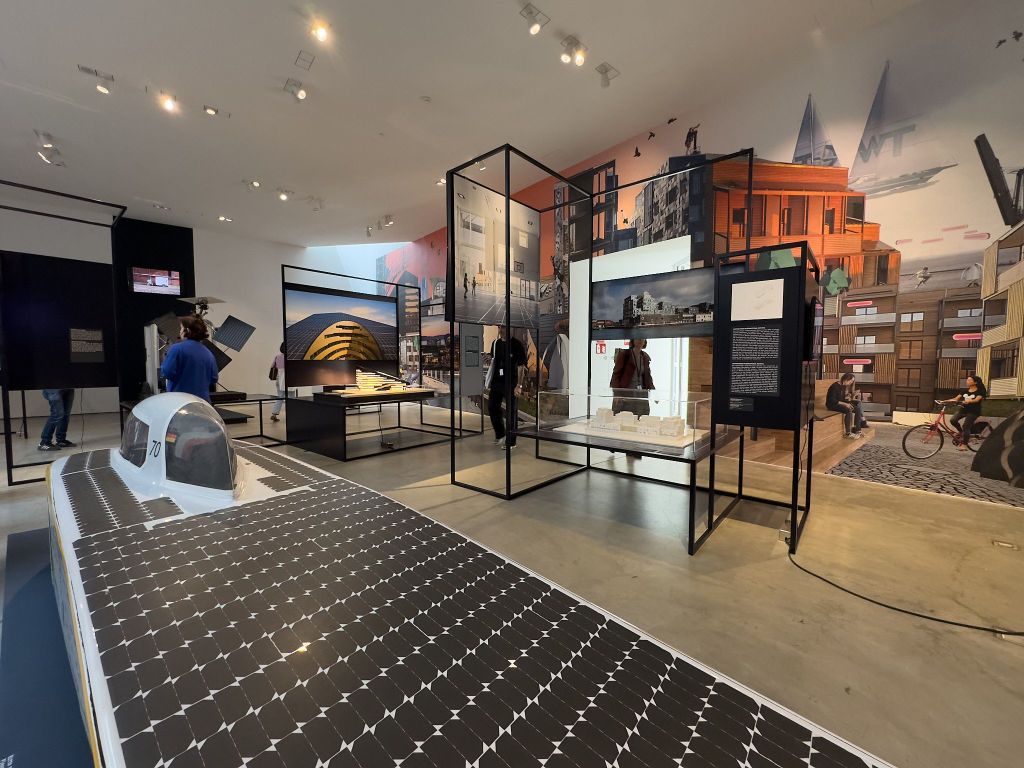
Photo: © Werner Mäder, Uetikon
The exhibition “Transform! Desiging the Future of Energy” begins with a focus on people and the human body and then expands its view to include our everyday objects, the city and our entire energy landscape. The exhibits include innovative and experimental product design, speculative design projects, films, architectural models and visions of the future.
The exhibition is divided into four sections
In the first room, “Human Power”, visitors are invited to discover their own energy potential. On exercise bikes, visitors can experience how long they have to pedal to produce enough power for everyday activities: Making coffee, surfing the internet or taking a hot shower.
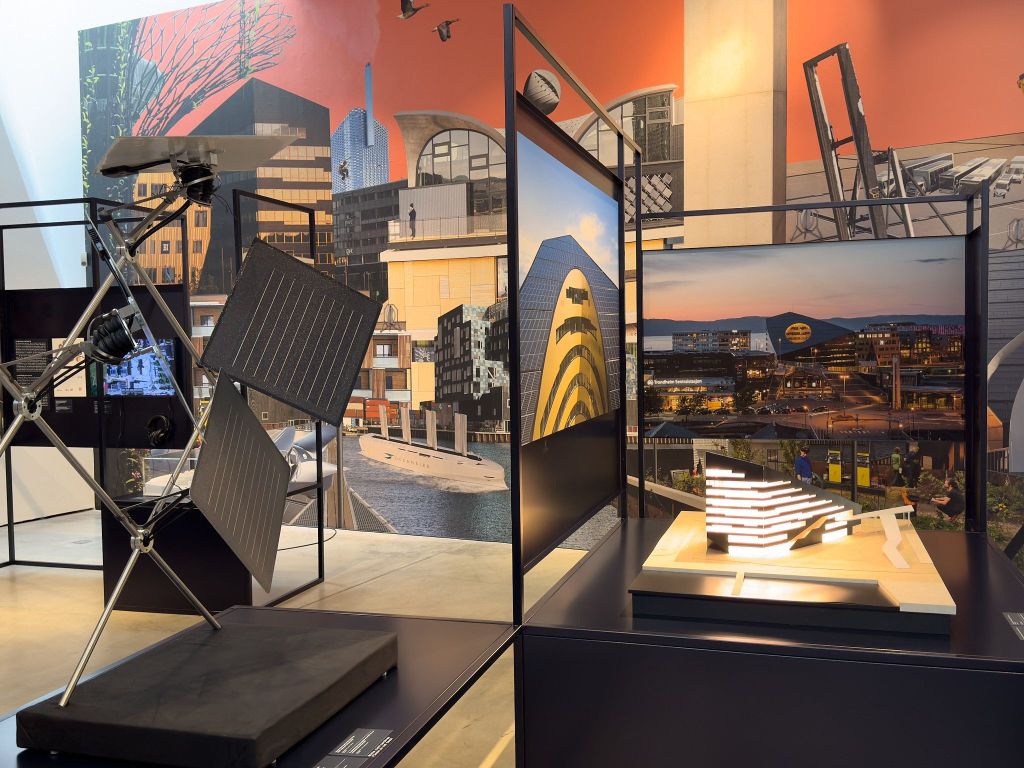
Photo: © Werner Mäder, Uetikon
The second section of the exhibition, entitled “Energy Tools”, brings together products, prototypes and experiments for living independently of an electricity network.
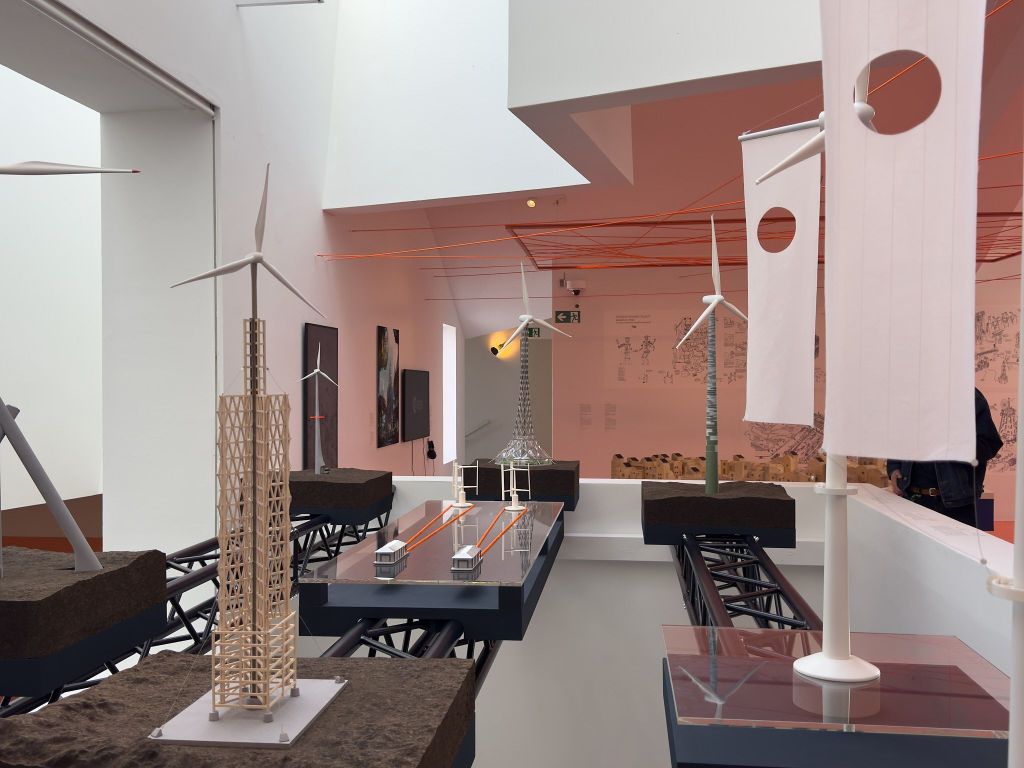
Photo: © Werner Mäder, Uetikon
In the third area of the exhibition, innovative approaches from architecture and mobility are shown under the title “Transformer”. The construction industry alone is responsible for around a third of global energy consumption, with the transport sector accounting for almost as much.
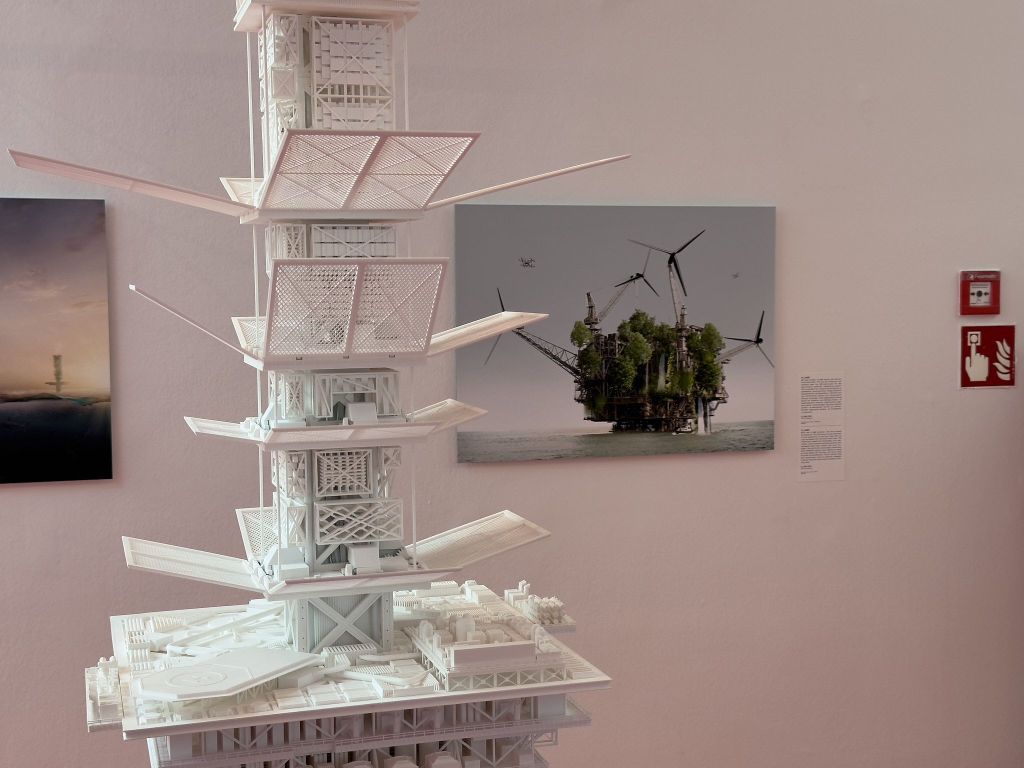
FILTRATION SKYSCRAPER: The pollution of the world’s oceans with plastic waste has steadily increased in recent decades. US-based architect Honglin Li wants to build the Filtration Skyscraper he designed on a disused oil rig to filter the waste of the fossil age out of the water. The plastic waste fished out of the water is to be recycled in a recycling plant in the tower itself. The non-recyclable waste would be incinerated in a heating and electricity power plant, also located in the tower, which would supply the Filtration Skyscraper with electricity. Photo: © Werner Mäder, Uetikon
The fourth area, “Future Energyscapes”, is dedicated to the question of what future energy landscapes could look like. This includes new typologies for energy storage, such as the Hamburg Energy Bunker or Hot Heart, Carlo Ratti’s thermal energy storage facility in the city of Helsinki. Ideas for future energy production are also on display here: from the wind turbine models that students at the ECAL in Lausanne have designed for the Canadian island of Fogo to the “Eneropa” vision created by the Dutch think tank AMO headed by Rem Koolhaas.
“Transform! Designing the Future of Energy” makes it clear that the design of the energy transition must encompass more than just the expansion of renewable energies, write the exhibition organizers. They continue: “The intelligent design of everyday objects and the implementation of ideas for the future in terms of urban planning and infrastructure are no less important. Even today designers and architects around the world are already contributing important ideas for reducing our energy consumption, changing our energy-intensive lifestyle and helping to shape the energy transition. The “Transform!” exhibition shows that energy is one of the greatest challenges of our time – but also one of the greatest design opportunities.
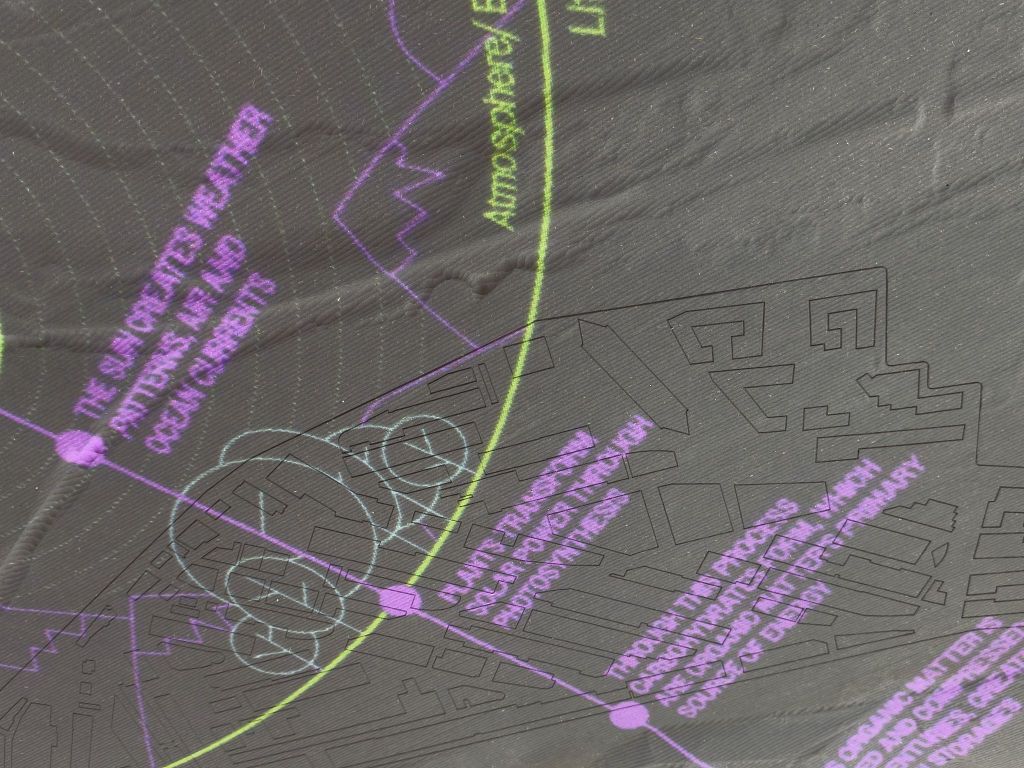
ENERGY SHAPES CITY: Climate-friendly urban planning is demonstrated using the example of the Dreispitz district in Basel. Three partners have developed the “Energy shapes the city” project especially for Transform! and combined their approaches. Transsolar Klima-Engineering, founded in Stuttgart in 1992, is dedicated to climate-friendly design and construction. The Berlin-based company Urban Catalyst, which was founded in 2017, designs spaces that are undergoing transformation. Founded in 2021, Think Thank Bauhaus Earth is dedicated to the question of how buildings, cities and landscapes can contribute to improving the climate. Photo: © Werner Mäder, Uetikon
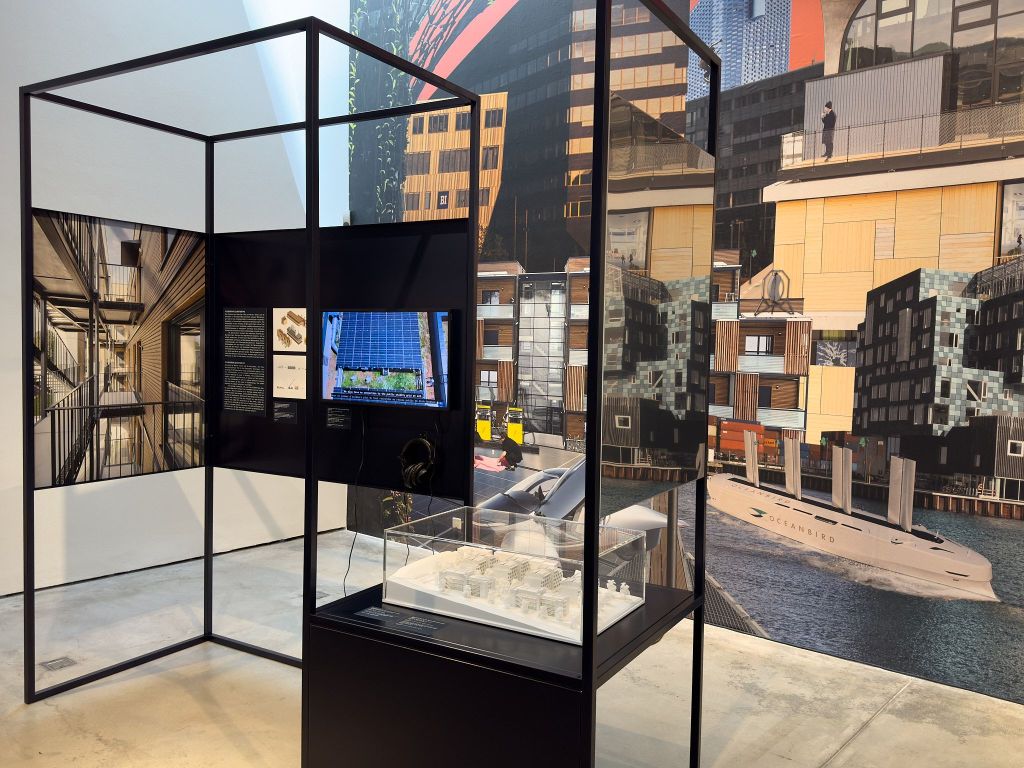 Photo: © Werner Mäder, Uetikon
Photo: © Werner Mäder, Uetikon
Exhibition publication
The exhibition is accompanied by a very comprehensive publication with around 200 illustrations and around 100 pioneering projects from the fields of design, architecture and urban planning that deal with the topic of energy. With text contributions by Catharine Rossi, Stephan Rammler, Ivan Illich, Daniel A. Barber, Donatella Germanese and Carola Hein, it covers far more topics than the exhibition.
Designed by Helen Stelthove; cloth binding, softcover with thread stitching, ISBN 978-3-945852-59-0 (DE), 55.00 €, which can be ordered online here.
